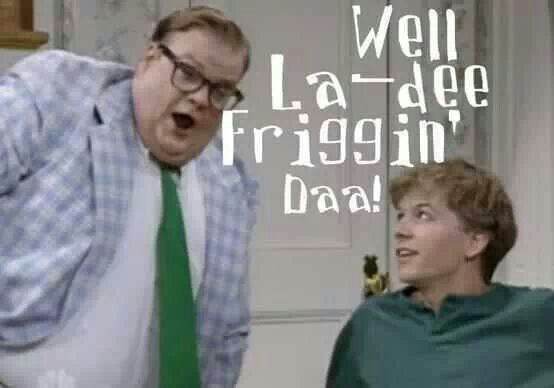Adamoh
Pre-Flight
I am a first grader explain to me how a high performance engine works!
Please!
Please!
I am a first grader explain to me how a high performance engine works!
Please!
Perhaps you mean controllable pitch prop (which is separate from engine power)?
Well both. As in manifold pressure and rpm and how it's different from just having power and mixture.
Think of the blue knob like a gear shift.
All the way in is like 1st gear and you pull it out as you get in cruise.
Flav
I am a first grader explain to me how a high performance engine works!
Please!

Well both. As in manifold pressure and rpm and how it's different from just having power and mixture.
Here's a great explanation:
http://www.boldmethod.com/learn-to-fly/aircraft-systems/how-a-constant-speed-prop-works/
The term "high performance" is used in the regulations to refer to an airplane with an engine(s) which produces more than 200 HP. I think we know what you meant but the similar use of the term might confuse some who read it.I am a first grader explain to me how a high performance engine works!
Constant-speed, not controllable pitch. A controllable pitch prop is a prop on which the pitch can be adjusted ON THE GROUND. ie. you can change it from a "climb prop" to a "cruise prop", etc. A constant-speed prop is one that is controlled by a governor in flight that is generally pilot adjustable. These two terms are often used interchangeably by those who don't know the difference but there is a very significant difference.Perhaps you mean controllable pitch prop (which is separate from engine power)?
I think an very easy way to look at it is that with a constant-speed prop your prop can adjust itself (through the governor) so that it is always optimized for the current situation.Well both. As in manifold pressure and rpm and how it's different from just having power and mixture.
Constant-speed, not controllable pitch. A controllable pitch prop is a prop on which the pitch can be adjusted ON THE GROUND. ie. you can change it from a "climb prop" to a "cruise prop", etc. A constant-speed prop is one that is controlled by a governor in flight that is generally pilot adjustable. These two terms are often used interchangeably by those who don't know the difference but there is a very significant difference.
Constant-speed, not controllable pitch. A controllable pitch prop is a prop on which the pitch can be adjusted ON THE GROUND. ie. you can change it from a "climb prop" to a "cruise prop", etc.
If we're all picking nits, there are in-air controllable variable pitch propellers. The Beech 215 on the early Bonanzas had this, with an electric motor to set blade angle, and a crude "auto" mode that mimicked a constant-speed operation, but wore the motor out rapidly.
I wasn't aware of those. Thanks!If we're all picking nits, there are in-air controllable variable pitch propellers. The Beech 215 on the early Bonanzas had this, with an electric motor to set blade angle, and a crude "auto" mode that mimicked a constant-speed operation, but wore the motor out rapidly.
Here's how I remembered the order of movement as a student pilot:
The passenger says "LETS GO FASTER", and begins pushing everything towards the firewall from his side of the plane. Mixture, then prop, then throttle.
The pilot says "NOT SO FAST, SON", and starts pulling everything back. Throttle, then prop, then (finally) mixture.
Helped me out, hopefully that helps somebody else out too!
The way I learned it on a 182 was to draw a 7, where the top is (carb heat) throttle, prop, and mixture, and the bottom is cowl flaps. Go up the 7 to raise power, down the 7 to lower it.
That's rather airplane-specific. My carb heat is below the throttle, and my cowl flaps are fixed.
I am a first grader explain to me how a high performance engine works!
Please!


If we're all picking nits, there are in-air controllable variable pitch propellers. The Beech 215 on the early Bonanzas had this, with an electric motor to set blade angle, and a crude "auto" mode that mimicked a constant-speed operation, but wore the motor out rapidly.
